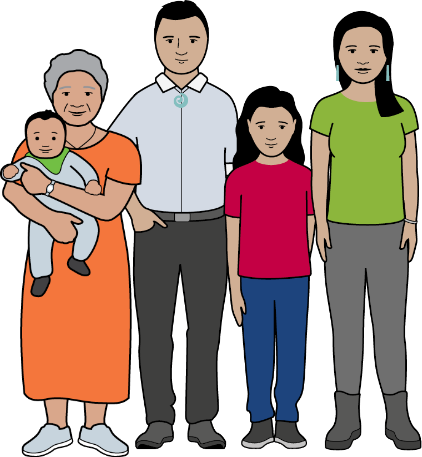The HCH Interactive Model of Care includes a vast set of resources to support the implementation of the model – this easy access approach to tool and resources supports change at scale and pace across our network
Need help to find a specific resource – contact our Resource Navigator on collaborative@hch.org.nz



